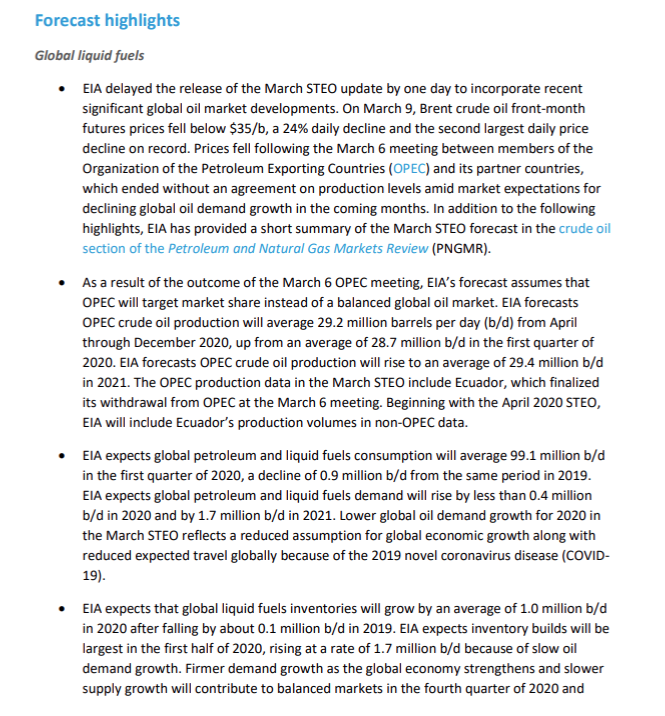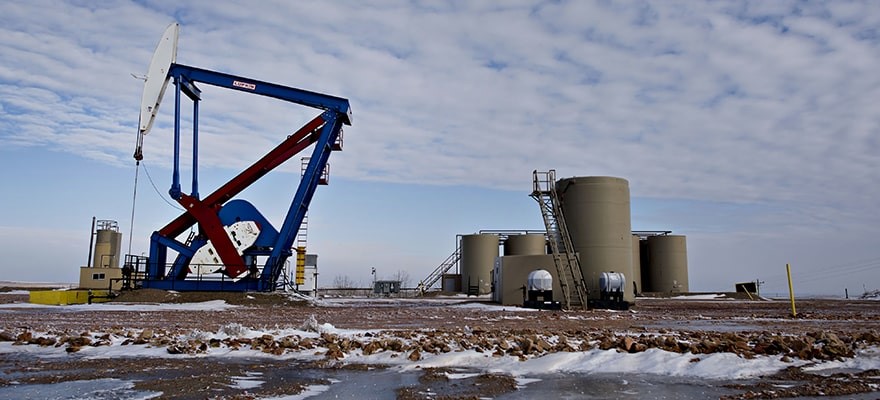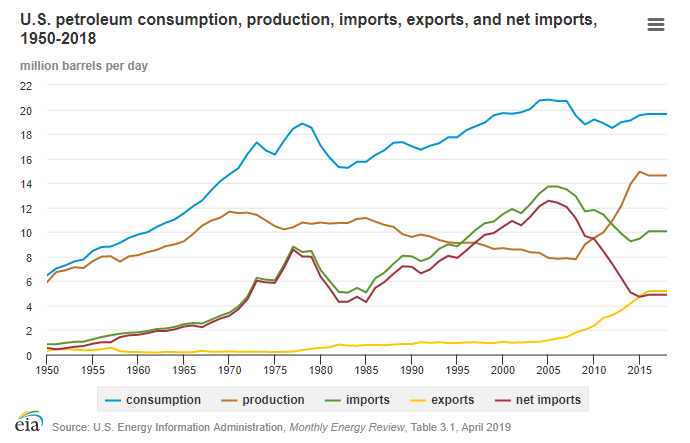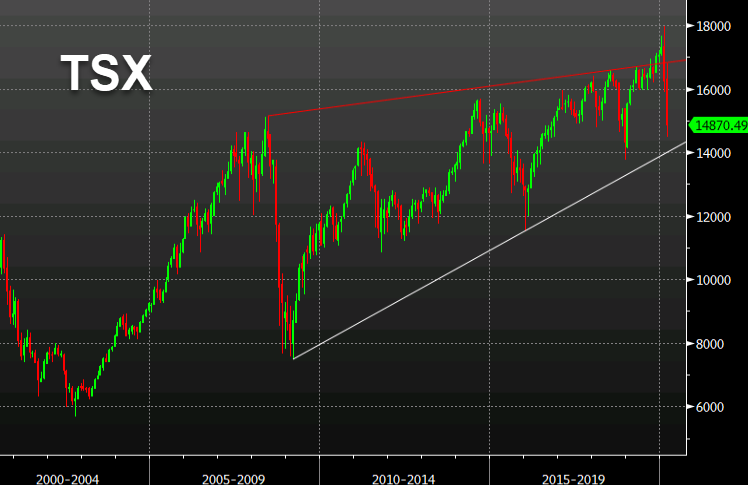OPEC and the EIA both see demand growth this year
- EIA cuts forecast for 2020 world oil demand by 660K bpd but still sees 0.37 mbpd y/y increase
- Raises 2021 world oil demand growth by 210K bpd, now sees 1.73 mbpd increase






Disposition
So we have now an all-out oil price war between Saudi Arabia and Russia.
Russia is planning to increase its oil supplies undoing the December output cut once its term ends in March. It is assuring that its fund reserves are ready to absorb the damage from lower oil prices for as long as up to 10 years (with oil prices at $25-30 per barrel).
Saudi Arabia, in response, prepares to increase its own supplies for up to 12mln barrels per day. It also offers its crude under huge discounts, especially in Europe, to push away Russia from its core market.
The opposition doesn’t end here, however: the situation is actually a triangle of relationship rather than a Russia-Saudi Arabia standoff. The US is involved heavily, but indirectly, although it may be not that obvious: recently they just commented that they were hoping to see the oil market in an “orderly” condition.
Let’s observe the starting points of each protagonist here.
The US
Strengths
Weaknesses


